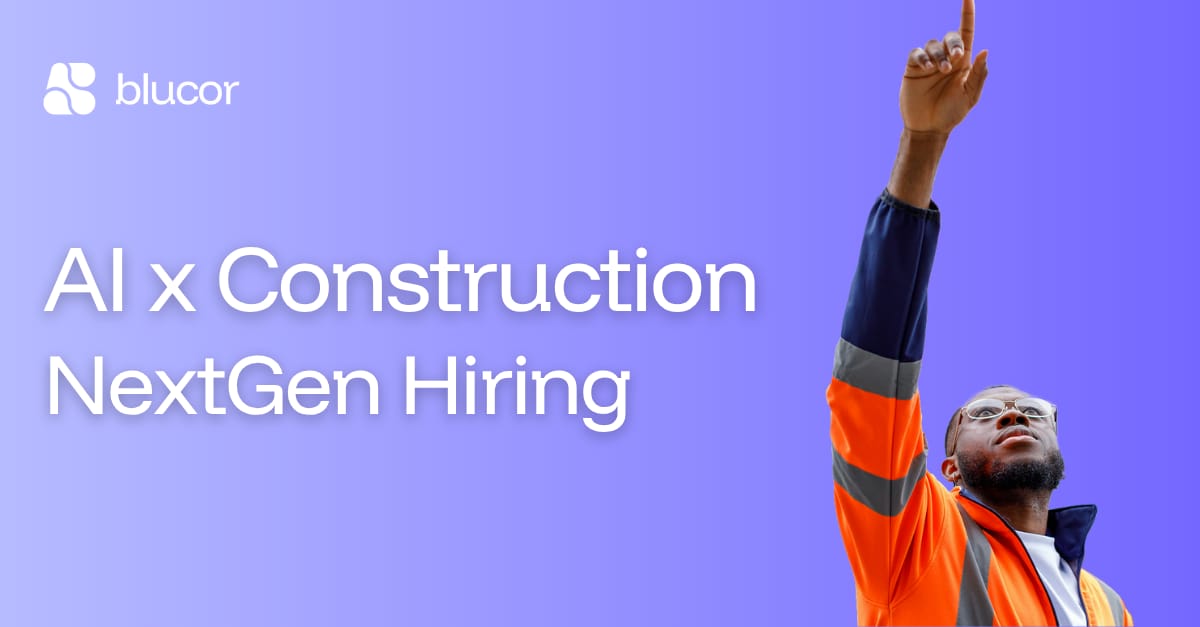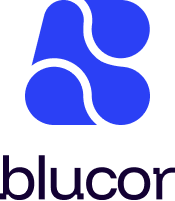- Blucor's Newsletter
- Posts
- The Future of AI Recruiting in Construction
The Future of AI Recruiting in Construction

Construction faces a labor shortfall that threatens project delivery and profitability. The Associated General Contractors of America reported that 88% of firms struggled to fill hourly craft positions in 2024. At the same time, digital adoption is accelerating across job sites. AI recruiting is emerging as the bridge between these two realities, helping companies forecast needs, hire faster, and keep workers safe.
TL;DR: Predictive analytics, safety data integration, and AI-driven workforce planning are reshaping construction hiring. The next decade will shift recruiting from reactive to proactive, matching the right worker to the right project before the need arises.

Predictive Analytics: Anticipating Labor Needs Before They Happen
AI recruiting tools now analyze project schedules, turnover patterns, and regional labor data to forecast workforce demand. Instead of scrambling to fill roles mid-project, hiring teams can plan months ahead.
According to Deloitte’s 2024 Construction Industry Outlook, firms using predictive analytics in workforce planning reported up to 12% fewer project delays. For construction leaders, that translates into steadier staffing, lower overtime costs, and fewer missed deadlines.
Safety and Compliance: Hiring for Readiness and Reliability
Safety remains the foundation of every build. AI systems can now connect candidate profiles with verified safety training and compliance records. Recruiters can instantly see who has completed OSHA certifications or maintained clean safety histories across multiple sites.
Companies such as Trimble and Procore are already integrating AI with site data to identify potential safety risks. Extending that capability to recruiting means hiring teams can prioritize candidates who demonstrate consistent safety performance, protecting both workers and project outcomes.
Workforce Optimization: Smarter Matching Across Projects
Once workers are onboarded, AI can help allocate them across multiple projects based on skill, location, and availability. This cross-project matching reduces idle time and improves retention by keeping workers continuously engaged.
Large contractors managing dozens of builds can save significant scheduling hours each month. More importantly, they can maintain a stable, motivated workforce that moves seamlessly from one project to the next.
Outlook: Human Expertise Meets Machine Precision
The future of construction hiring depends on collaboration between human judgment and machine intelligence. Recruiters will spend less time screening and more time building relationships with skilled tradespeople. AI will handle forecasting, matching, and compliance tracking, freeing HR teams to focus on culture, safety, and long-term workforce development.
Conclusion
AI recruiting is already transforming how construction companies plan, hire, and protect their teams. Firms that invest now in predictive analytics and integrated workforce systems will gain a measurable edge in efficiency and safety.
To see how predictive hiring can strengthen your next project pipeline, book a demo with BlancAI today.